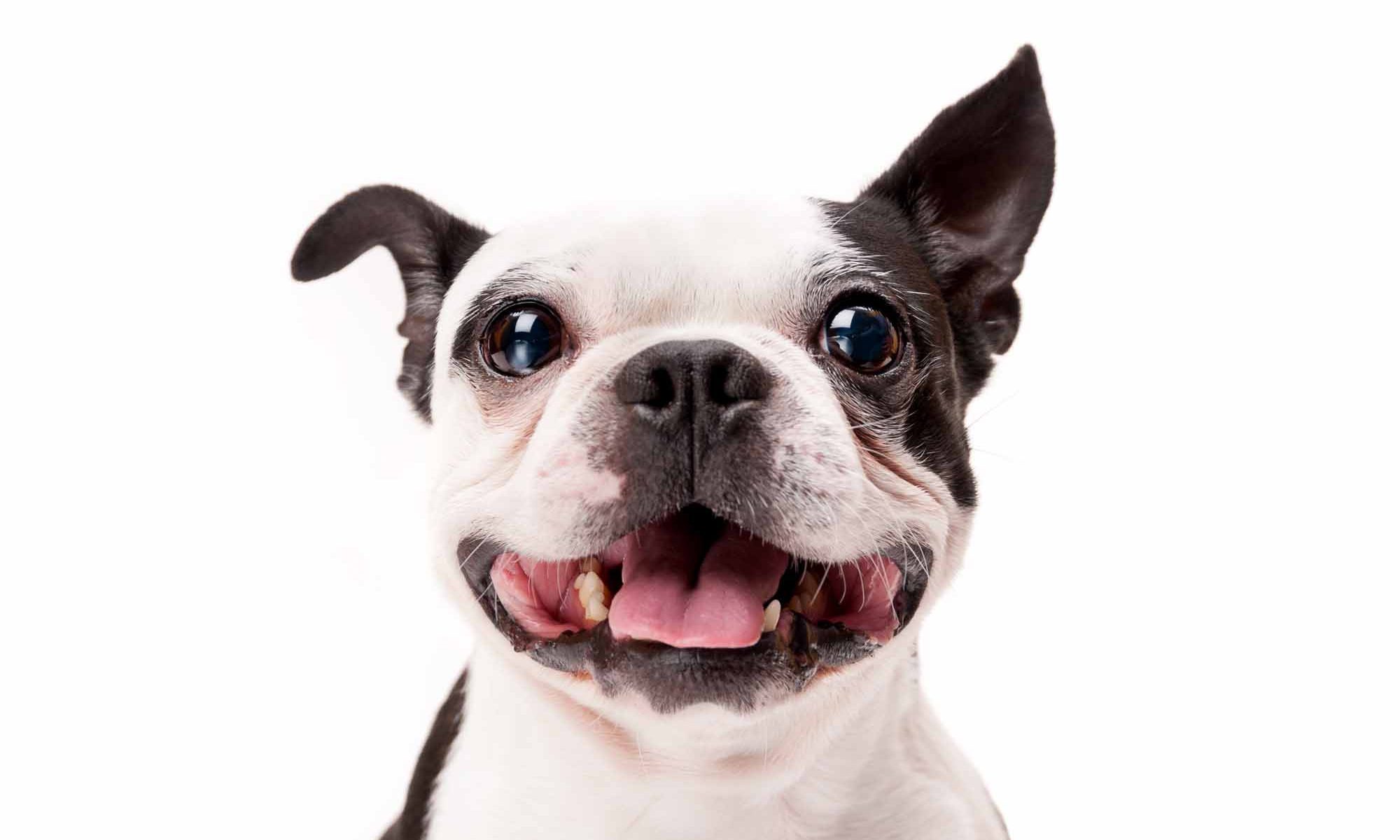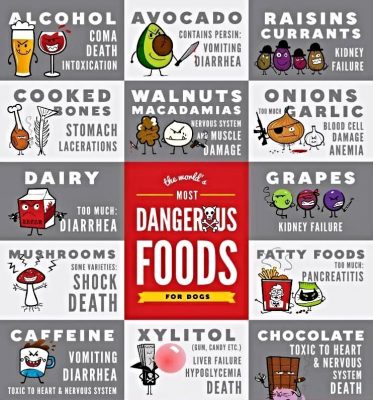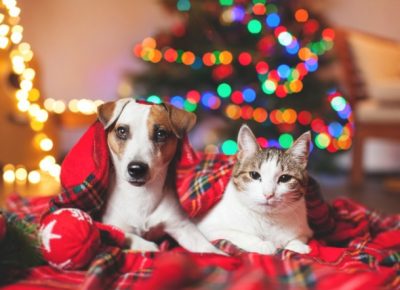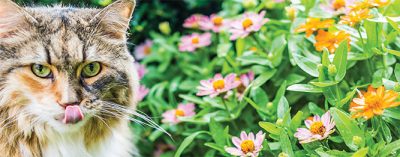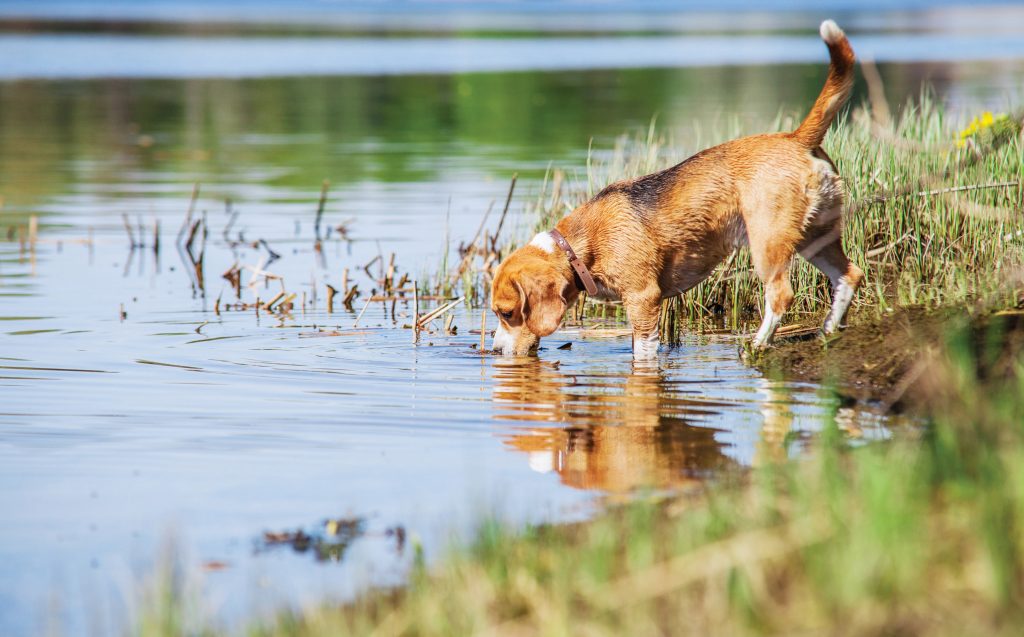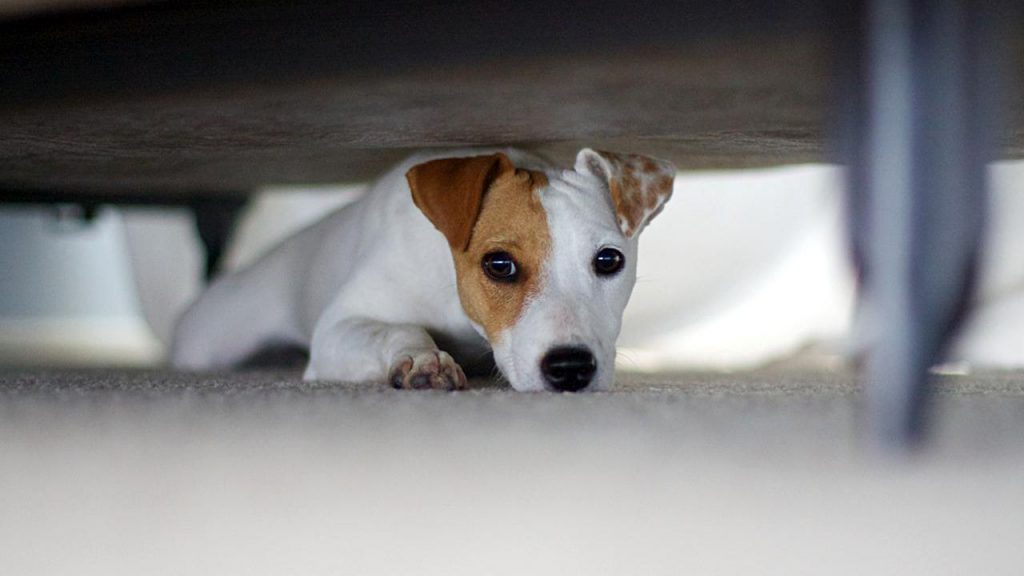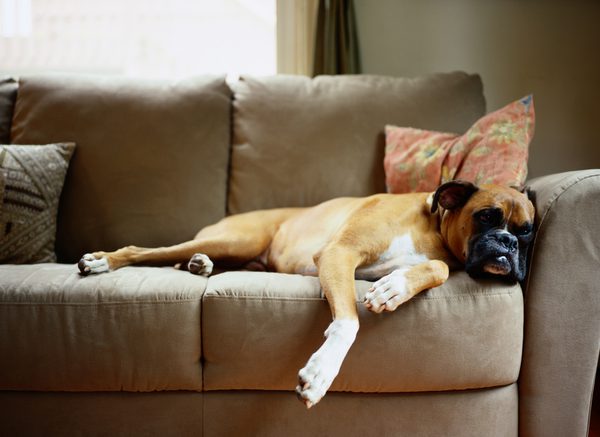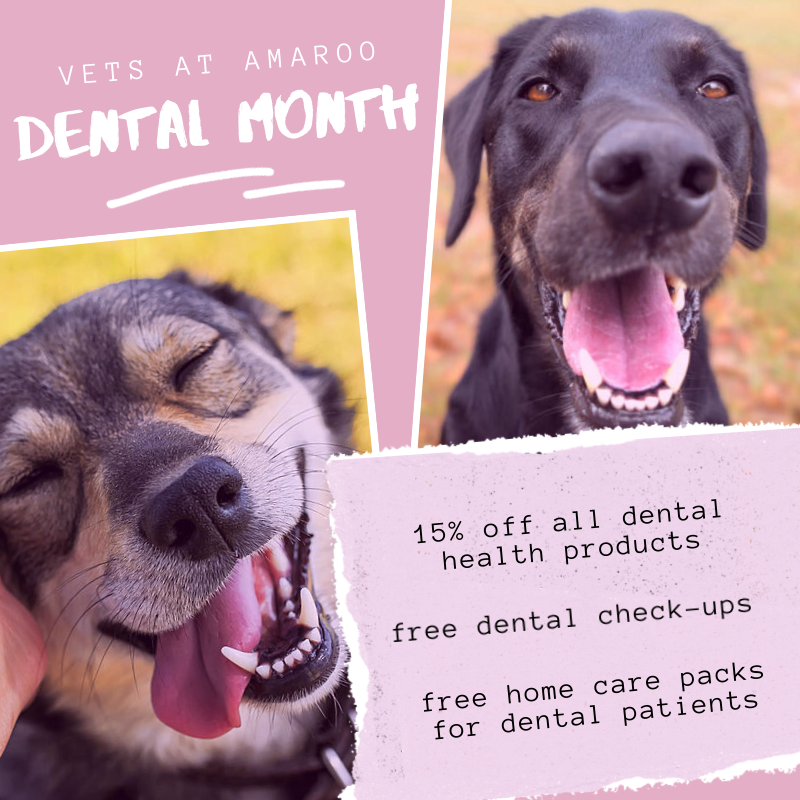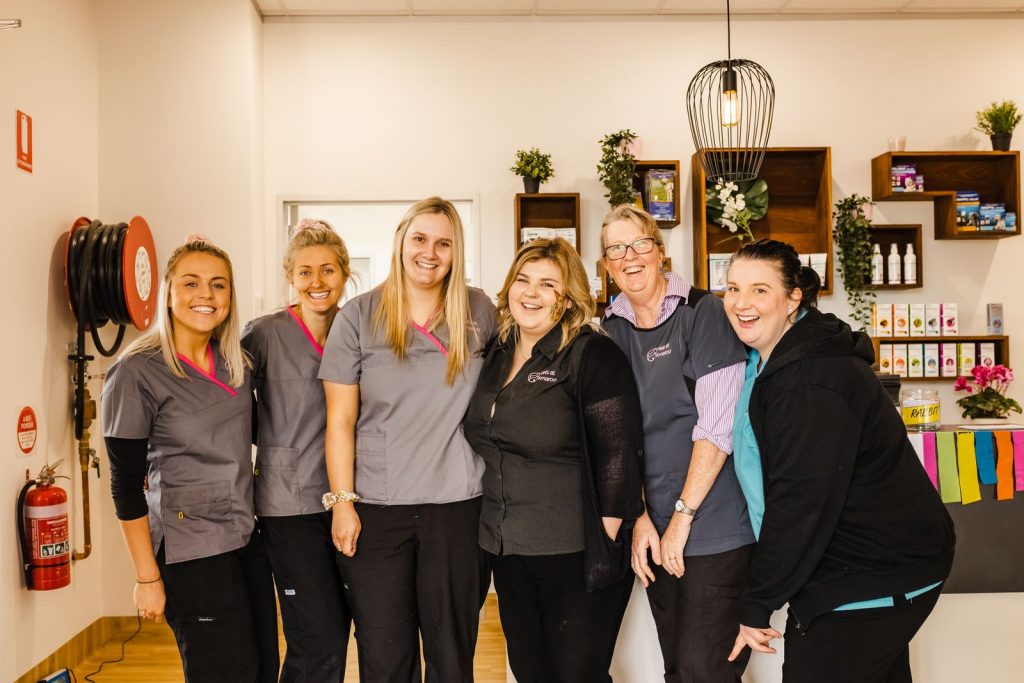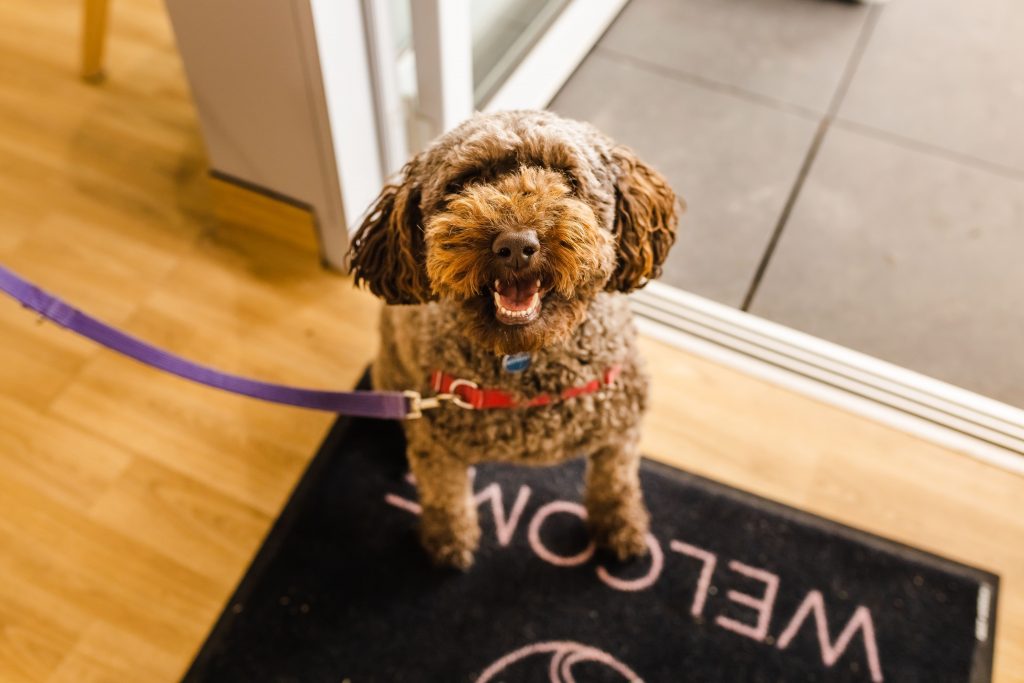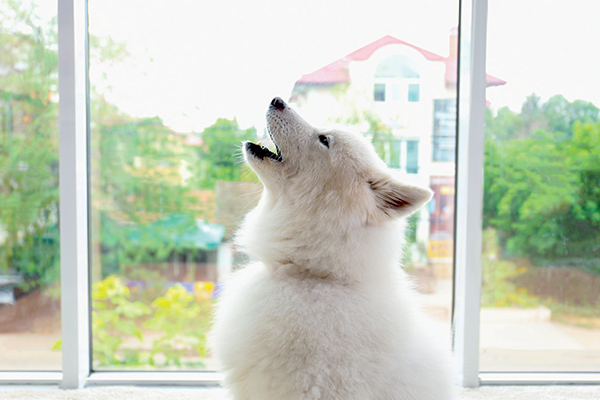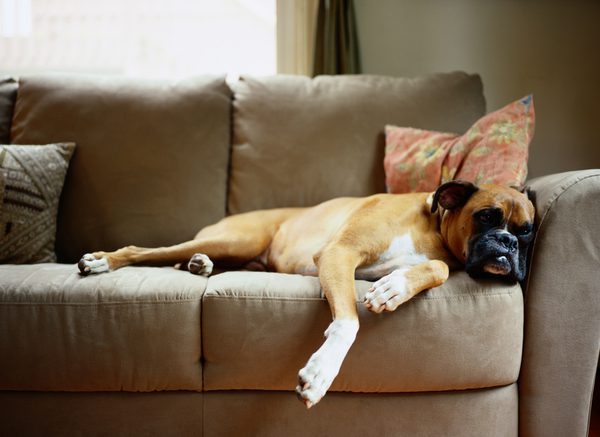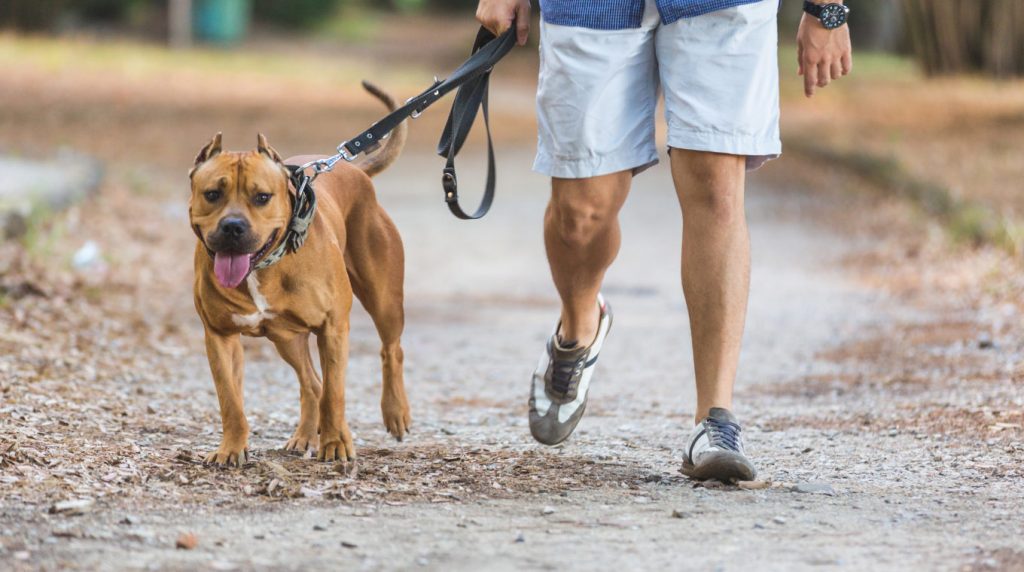** Applications for this position are now closed **
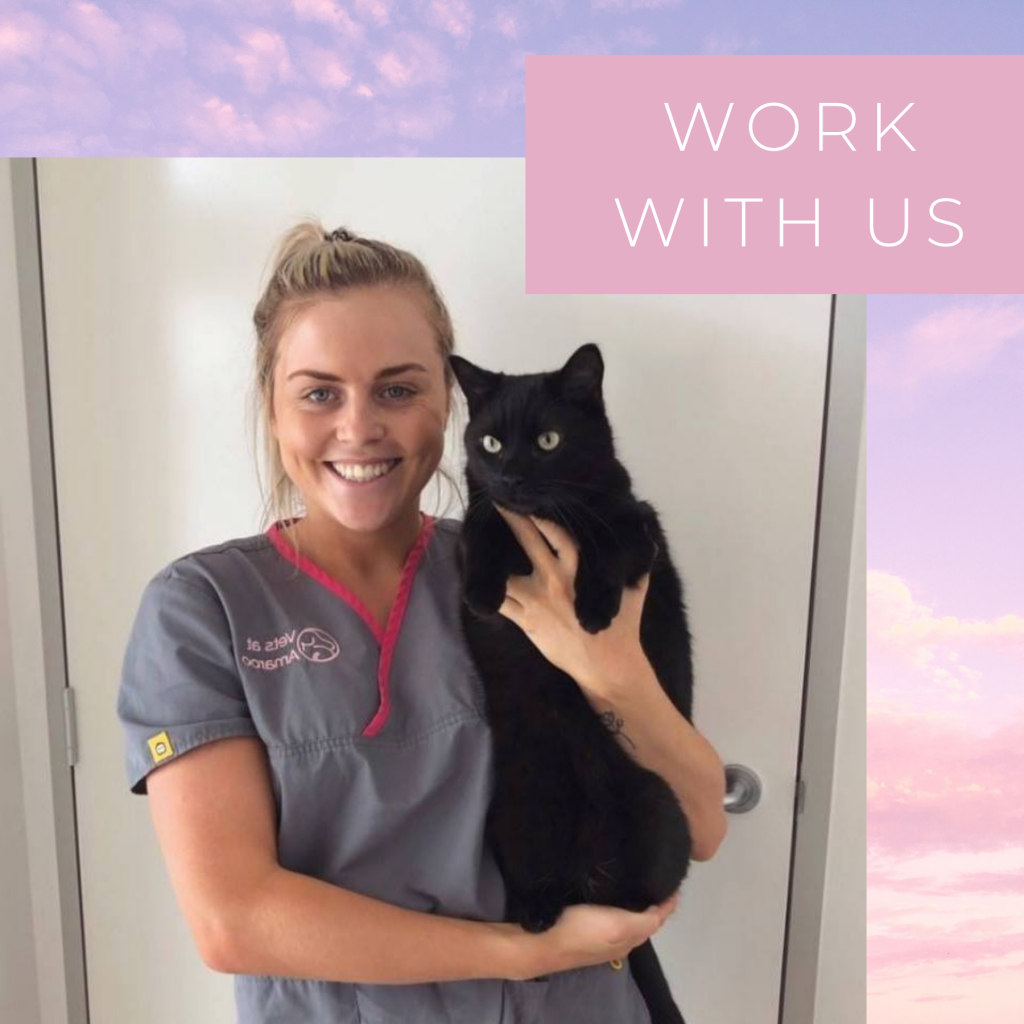
Hall Veterinary Surgery & Vets at Amaroo are looking for a full time customer care extraordinaire with a minimum of 2 years experience to join our team! If you are passionate about providing customer service excellence and creating moments that matter, what’re you waiting for?
About The Role:
• Minimum of 2 Years Experience in a Customer Service Role Required
• Full Time Position ~38hrs/wk Including Some Saturdays
• Located in Picturesque Hall Village & Amaroo Shopping Precinct
• Fast-paced, Challenging and Rewarding Role
• Supportive Team Environment Committed to Continual Improvement
• Need We Mention the Puppy & Kitten Cuddles..?
About Us:
Hall Veterinary Surgery has been part of the Hall community for 30 years. We are located on the outskirts of Canberra in a village atmosphere and surrounded by nature with a great coffee shop just down the road. https://www.hallvet.com.au
Recently, we opened a second purpose-built clinic called ‘Vets at Amaroo’. This clinic is situated in the relatively new suburb of Amaroo approximately a 15-minute drive from Hall.
We pride ourselves on delivering gold standard care to our patients and their humans through our friendly and personalised approach. We have a dedicated customer care team who are passionate about going the extra mile to assist our clients.
About you:
Our ideal candidate;
• Has a minimum of 2 years experience in a customer service role
• Finds satisfaction in helping clients when they need it most
• Is excited by the opportunity to push themselves, learn and grow
• Is resilient, enjoys a challenge and shows initiative
• Possesses a high level of emotional intelligence & self awareness
• Is a team player, dedicated to working together to succeed
Applications:
If this sound like the job for you we’d love to hear from you!
Please email a one page cover letter outlining why you’re the best person for the role and your up to date CV to April Maney – april@hallvet.com.au
Applications for this role close on 11:59pm Monday 1st of February. Interviews for this position will be held on Saturday the 7th of February at Hall Veterinary Surgery.
Please note, this is a customer service role only and is not a pathway to a veterinary nursing career. If you are interested in pursuing a career in veterinary nursing please keep an eye out for a vacancy in our nursing team.
** Applications for this position are closed **
